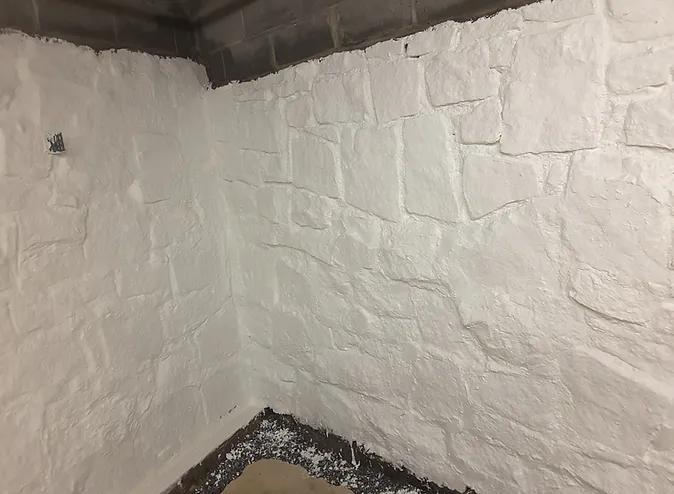
Guarantee excellent protection for your basement in 2024 by implementing state-of-the-art waterproofing techniques. Consider exterior solutions like applying a waterproof membrane, ensuring proper drainage, and installing a French drain system. Inside, manage water seepage with interior drainage systems and use high-quality sealants for basement wall protection. Sump pump installation, French drain installation, vapor barrier installation, foundation crack repair, window well drainage, and downspout extensions are also essential. Stay ahead of water damage issues with these advanced methods.
Key Takeaways
- Exterior waterproofing with a membrane barrier and proper drainage.
- Interior drainage systems to manage water seepage effectively.
- Basement wall protection using high-quality sealants and regular maintenance.
- Sump pump installation in the right location with backup power.
- French drain installation for redirecting water away from the foundation.
Exterior Waterproofing Solutions
When addressing basement waterproofing, consider starting with exterior solutions for vital protection against water damage. Exterior waterproofing solutions are essential for preventing water from seeping into your basement through cracks in the foundation walls or floors. One effective method is to apply a waterproof membrane or coating to the external walls of your basement. This establishes a barrier that prevents water from penetrating the foundation and causing damage to the interior of your home.
Another important aspect of exterior waterproofing is ensuring proper drainage around your home. Make sure that your gutters are clear of debris and that downspouts direct water away from the foundation. You can also consider installing a French drain system around the perimeter of your home to divert water away from the foundation. This helps to reduce the amount of water that comes into contact with your basement walls, decreasing the risk of water damage.
In addition to these solutions, it’s essential to inspect the grading around your home to make sure that water flows away from the foundation. If the ground slopes towards your home, water can collect near the foundation and seep into your basement. By regrading the soil so that it slopes away from the house, you can help prevent water from accumulating around the foundation. Remember, taking proactive measures with exterior waterproofing solutions can go a long way in protecting your basement from water damage in the long run.
Interior Drainage Systems
Consider installing interior drainage systems as a proactive measure to further safeguard your basement against potential water intrusion. Interior drainage systems are designed to manage water that seeps into your basement, directing it away from your home’s foundation and preventing moisture-related issues. These systems typically consist of a perimeter drain installed along the interior of the basement footings, collecting water and diverting it to a sump pump for removal.
One popular type of interior drainage system is the French drain, which comprises a perforated pipe surrounded by gravel. This setup allows water to enter the pipe and be carried away efficiently. Another option is a baseboard drainage system, which involves a drain installed around the perimeter of the basement floor to capture any water leakage.
Interior drainage systems are effective at controlling water seepage and reducing hydrostatic pressure around your foundation walls. By managing water before it has a chance to cause damage, these systems can help maintain a dry and stable basement environment. Additionally, installing an interior drainage system can complement other waterproofing techniques, providing multiple layers of protection for your basement.
Basement Wall Sealants
To enhance the waterproofing of your basement walls, applying basement wall sealants is a crucial step in preventing moisture infiltration. Basement wall sealants act as a protective barrier, keeping water out and maintaining a dry basement environment.
Here are some key points to keep in mind when using basement wall sealants:
- Sealant Selection: Choose a high-quality sealant specifically designed for basement walls. Look for sealants that are waterproof, flexible, and long-lasting to guarantee effective protection.
- Surface Preparation: Properly prepare the surface before applying the sealant. Clean the walls thoroughly to remove any dirt, dust, or debris that could impact the sealant’s adhesion. Fill any cracks or gaps to create a smooth surface for the sealant application.
- Application Technique: Follow the manufacturer’s instructions for the correct application technique. Use a brush, roller, or sprayer to apply the sealant evenly on the walls. Pay special attention to corners, joints, and any areas prone to water seepage.
- Maintenance: Regularly inspect the sealed walls for any signs of wear or damage. Touch up any areas where the sealant has deteriorated to maintain continuous protection against moisture.
Sump Pump Installation
Improve your basement’s waterproofing by guaranteeing a proper sump pump installation for effective water management. Sump pumps are essential for keeping your basement dry and preventing water damage. Here are some key steps to follow for a successful sump pump installation.
Firstly, select the right sump pump for your basement. Consider factors such as the size of your basement, the water table in your area, and the pump’s capacity. Submersible sump pumps are a popular choice as they’re installed inside the sump pit and are quieter than pedestal pumps.
Next, locate the lowest point in your basement to place the sump pit. This is where water naturally flows and collects, making it the ideal spot for the sump pump. Ensure the pit is large enough to accommodate the pump and has space for water to gather without overflowing.
Once the pit is in place, install the sump pump according to the manufacturer’s instructions. Make sure the pump is level, securely positioned, and connected to a power source. Test the pump to ensure it activates properly and pumps water out of the basement effectively.
Lastly, consider installing a backup power source, such as a battery backup, to ensure your sump pump continues to work during power outages. Regularly maintain and check your sump pump to keep it in good working condition and protect your basement from water damage.
French Drain Installation
For effective basement waterproofing, start by installing a French drain to manage excess water and prevent moisture issues. A French drain is a popular solution to redirect water away from your basement, keeping it dry and free from dampness. Here are some key steps to guide you through the process:
- Excavation: Begin by digging a trench around the perimeter of your basement floor where the French drain will be installed.
- Gravel Bed: Create a bed of gravel at the bottom of the trench to facilitate proper drainage and prevent clogging.
- Perforated Pipe: Place a perforated pipe on top of the gravel bed to collect water and channel it away from the foundation.
- Top Cover: Cover the pipe with more gravel or a filter fabric to prevent dirt and debris from entering and blocking the system.
Basement Floor Waterproofing
When waterproofing your basement floor, focus on sealing any cracks and applying a waterproofing membrane to prevent moisture seepage. Cracks in the basement floor can be a significant entry point for water, leading to dampness and potential water damage. Start by thoroughly examining the floor for any existing cracks or gaps. Use a concrete patching compound to fill in these openings and create a smooth surface.
After addressing the cracks, the next step is to apply a waterproofing membrane. This membrane acts as a barrier, preventing water from seeping through the concrete floor. There are various types of waterproofing membranes available, including liquid coatings and sheet membranes. Choose a high-quality waterproofing product that’s specifically designed for basement floors.
Before applying the waterproofing membrane, make sure that the basement floor is clean and free of any debris. Properly follow the manufacturer’s instructions for the application process to ensure effective coverage. Pay special attention to areas where cracks were sealed to provide an extra layer of protection.
Additionally, consider using a concrete sealer on top of the waterproofing membrane for added durability. A concrete sealer can help protect the waterproofing membrane and prolong its effectiveness. By sealing cracks and applying a waterproofing membrane, you can effectively waterproof your basement floor and protect it from moisture issues.
Vapor Barrier Installation
How can you effectively install a vapor barrier in your basement to prevent moisture infiltration? Installing a vapor barrier is vital in keeping moisture at bay and guaranteeing your basement remains dry. Follow these steps to properly install a vapor barrier:
- Prepare the Surface:
Before installing the vapor barrier, make sure the basement walls and floors are clean and free of any debris. This will ensure better adhesion of the barrier and prevent any potential tears or punctures.
- Choose the Right Barrier:
Select a high-quality vapor barrier that’s durable and provides excellent moisture resistance. Consider factors such as thickness, material, and the barrier’s ability to withstand long-term exposure to moisture.
- Secure the Barrier:
Use appropriate adhesive or tape to secure the vapor barrier to the walls and floors of the basement. Guarantee that there are no gaps or overlaps in the barrier to prevent moisture from seeping through.
- Inspect Regularly:
After installation, periodically inspect the vapor barrier for any signs of damage or wear. Promptly repair any tears or holes to maintain the barrier’s effectiveness in preventing moisture infiltration.
Foundation Crack Repair
To effectively address foundation crack repair in your basement, assess the extent of any existing cracks and prioritize sealing them to prevent further water infiltration. Start by inspecting the foundation both internally and externally for any visible cracks. These cracks can allow water to seep into your basement, causing dampness and potential structural damage over time. Once you’ve identified the cracks, the next step is to choose the appropriate repair method based on the size and severity of the cracks.
For small hairline cracks, using epoxy injections can be an effective solution. Epoxy is a strong adhesive that can fill the cracks and prevent water from entering. It’s crucial to follow the manufacturer’s instructions carefully to guarantee proper application.
For larger cracks or those that indicate a more serious structural issue, it’s recommended to consult with a professional waterproofing contractor. They can provide expert advice on the best course of action, which may involve more advanced repair techniques such as carbon fiber strips or polyurethane injections.
Window Well Drainage
Improving window well drainage in your basement can help prevent water buildup and potential flooding issues. Guaranteeing proper drainage is crucial for making sure that water doesn’t seep into your basement through the window wells.
Here are some effective ways to enhance window well drainage:
- Install a Window Well Cover: Placing a cover over the window well can prevent debris, leaves, and other materials from clogging the drainage system.
- Add Gravel: Placing gravel at the bottom of the window well allows water to drain more easily into the soil below, reducing the risk of water accumulation.
- Inspect the Drainage System: Make sure that the window well’s drainage system, such as a drain pipe or channel, is clear of obstructions and functioning correctly.
- Extend the Downspouts: Extending the downspouts away from the foundation of your home can help redirect water flow away from the window wells, reducing the chances of water pooling around them.
Downspout Extensions
Enhancing the drainage system around your home can further protect your basement from water infiltration, with a focus on Downspout Extensions as an important element to take into account. Downspout extensions play a vital role in directing water away from your foundation. By making sure that downspouts extend at least 6 feet away from your home, you can prevent water from pooling near the basement walls and potentially seeping into your home.
When installing downspout extensions, opt for durable materials like aluminum or PVC to guarantee longevity and effectiveness. Regularly inspect the extensions for clogs or damage, as blockages can cause water to overflow and accumulate near the foundation. Proper maintenance of downspout extensions is essential for them to function correctly and protect your basement from water damage.
Additionally, consider using splash blocks at the end of the extensions to disperse water gently and prevent erosion. These simple devices help prevent soil displacement and keep water flowing away from your home’s foundation. By incorporating downspout extensions and splash blocks into your overall drainage system, you can reduce the risk of basement flooding and water seepage issues. Remember, proper water management is key to maintaining a dry and secure basement.
Frequently Asked Questions
Can I Use Waterproof Paint as a Substitute for Basement Wall Sealants?
You can use waterproof paint as a temporary solution for minor moisture issues, but it’s not a substitute for proper basement wall sealants. For long-term protection against water intrusion, it’s recommended to use specialized sealants designed for basement waterproofing.
Are There Any Eco-Friendly Options for Sump Pump Installation?
When considering eco-friendly options for sump pump installation, look for models with energy-efficient features. Choose pumps made from recycled materials and opt for those with automatic shut-off sensors to prevent unnecessary water waste.
How Long Does It Typically Take to Install a French Drain in a Basement?
Typically, installing a French drain in a basement takes around 1-2 days. It involves excavating a trench, positioning the drain pipe, filling it with gravel, and then sealing it. Hiring professionals can guarantee a quicker and efficient installation process.
Is It Necessary to Seal the Basement Floor if I Already Have Interior Drainage Systems in Place?
If you already have interior drainage systems in place, sealing the basement floor isn’t necessary. These systems are designed to manage water effectively. However, periodic maintenance and checks are essential to make sure they continue functioning at their best.
What Are the Benefits of Installing a Vapor Barrier in a Basement?
Installing a vapor barrier in your basement helps prevent moisture from seeping through walls and floors, reducing the risk of mold and mildew growth. It also improves indoor air quality and enhances the overall comfort of your living space.
Conclusion
Lifetime Basement Waterproofing has been Atlanta’s premier basement waterproofing company for over 30 years. As a family-owned and operated company, we specialize in basement waterproofing and offer a range of expert services.
Our expertise extends to crawlspace encapsulation, exterior foundation waterproofing, foundation crack repair, and implementing drainage strategies for French drains.
When it comes to wet basement repair needs, you can rely on Lifetime Basement Waterproofing for top-quality solutions.
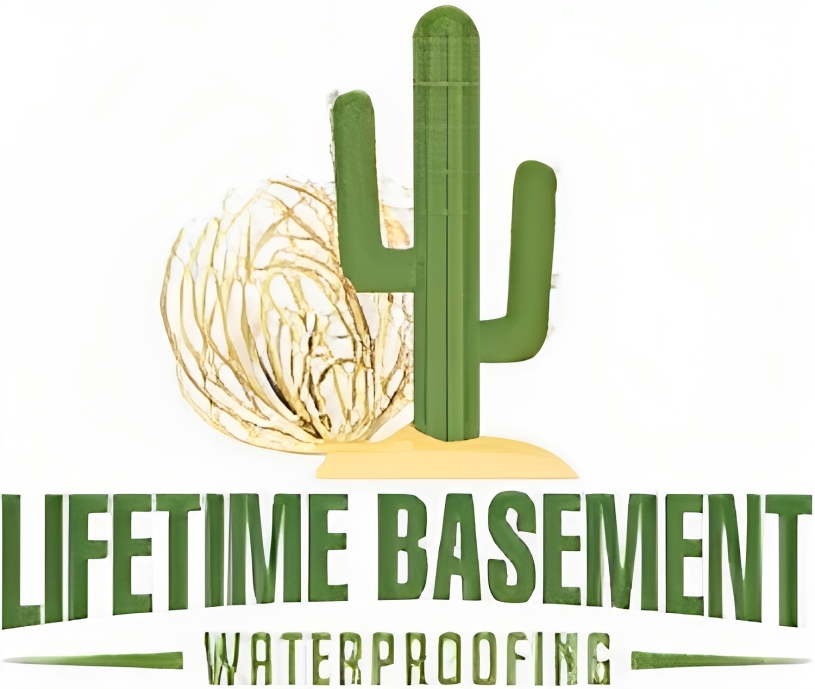
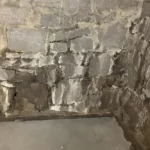
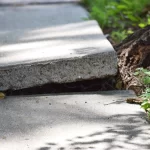
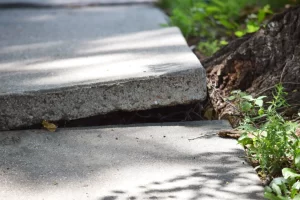
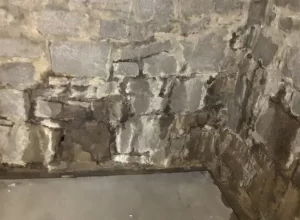
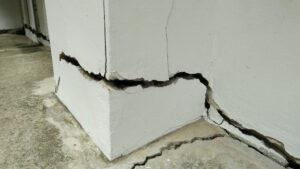
No comment yet, add your voice below!